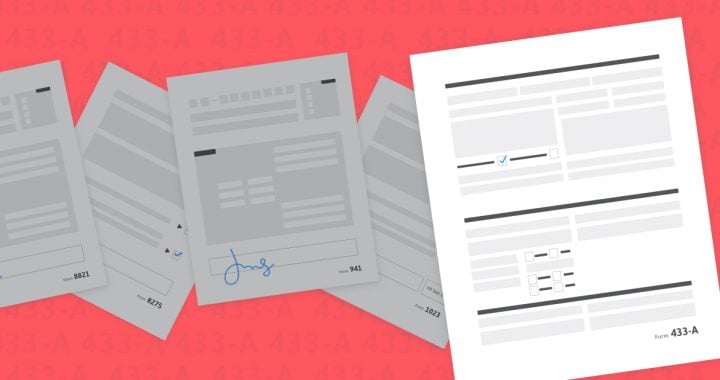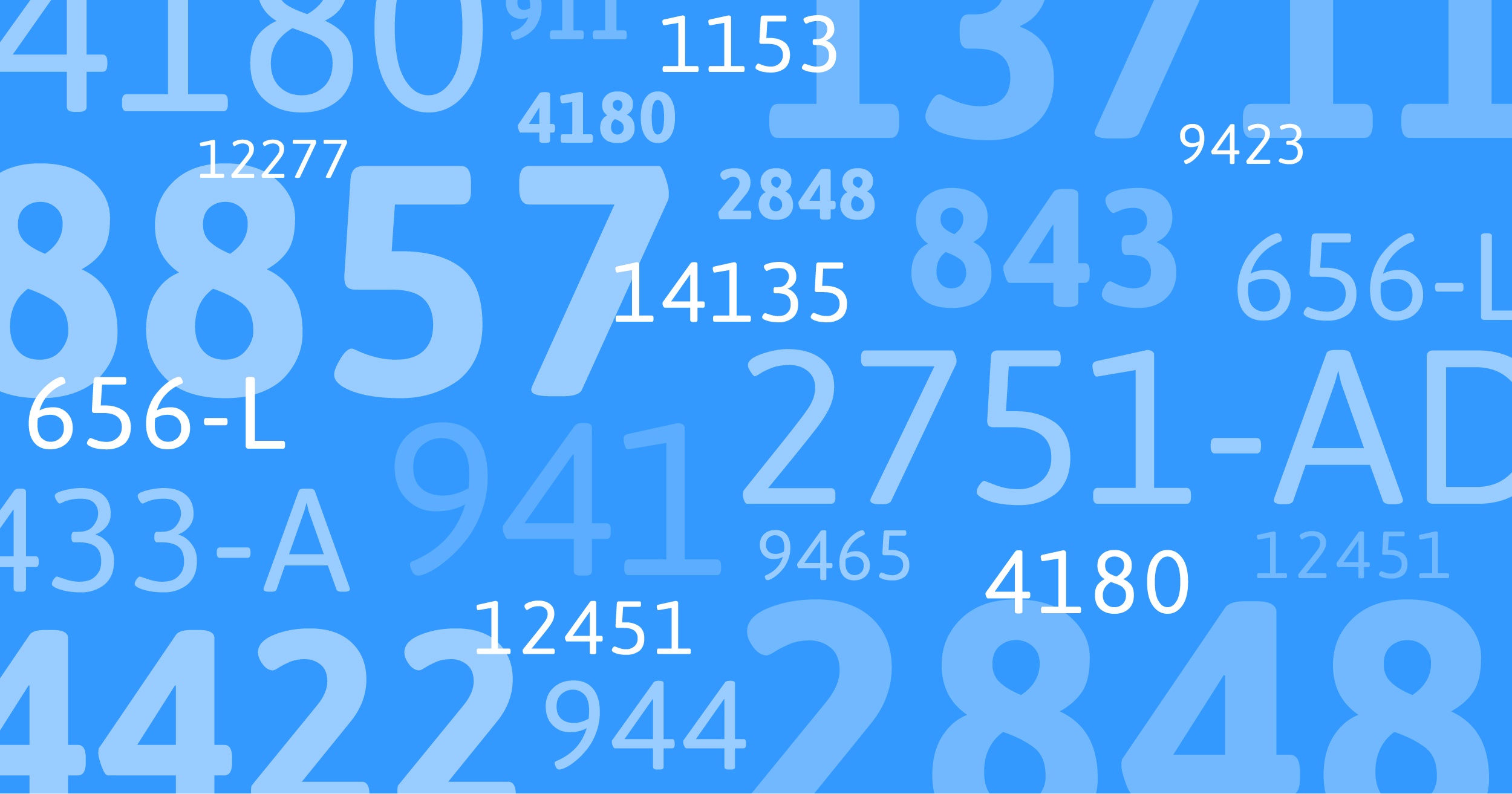Form 433-A, Collection Information Statement for Wage Earners and Self-Employed Individuals, contains a lot of information. Some items and sections are more self-explanatory than others. For those that are more difficult to fill out, we’ve put together a due diligence checklist so you can be sure your client’s form is as accurate and complete as possible before submitting it to the IRS.
Sections 1-3
- Fill in basic information for Sections 1-3.
Section 4
- Item 13: Include all bank accounts, even if there is not currently a balance. Bank loans should not be included.
- Item 19: Include intangible assets such as licenses, domain names, patents, copyrights, etc. alongside tangible personal assets.
Section 5
- Complete Sections 6 and 7 before completing Section 5 if your client is self-employed or has self-employed income.
- List total household income and expenses for married taxpayers who both have income and share expenses or live in a community property state (even if only one spouse has a tax liability).
- List income and expenses for only the liable taxpayer if the married couple does not share expenses and live in a community property state.
- Items 20 & 21: Enter gross wages and/ or salaries.
- Item 23: Enter monthly net business income from line 89.
- Item 25: Enter the monthly average of your client’s distributions, including 401K distributions if not included on lines 26 or 27.
- Item 35: Verify amount claimed if it is more than the monthly national standard for food, clothing, and miscellaneous.
- Item 35: Include miscellaneous expenses that are not included in any other allowable living expense items.
- Item 41: Verify amount claimed if it is more than the monthly national standard for out-of-pocket health care costs.
- Item 46: Enter average monthly payments for any other secured debts. Do not duplicate secured debts from lines 36 or 37.
- Item 46: Attach list of secured debts.
- Item 48: Attach list and explanation for other expenses (such as student loans or unsecured debts) that are not included on other lines.
Section 6
- Item 64: Include all business bank accounts, even if there is not currently a balance.
- Item 66: List all business assets that have not been included in previous sections.
Section 7
- Complete “Business and Income Expenses” before completing “Monthly Income/ Expenses Statement” in Section 5.
- Reconcile business information with your client’s business profit and loss statement.
- Review footnote 6 on page 6 if you’re using Form 1040, Schedule C.
Form 433-A General Instructions
- Complete Sections 1,2,3,4, and 5 for a wage earner.
- Complete Sections 1,3,4,5,6, and 7 for self-employed individuals.
- Complete Sections 1-7 for a wage earner who has self-employment income.
- Make sure page 4 includes the required signatures (both signatures are required for joint income tax liabilities).
- Provide documented proof for all items, numbers, and amounts claimed unless they are below the allowable limit.
- Write N/A in the first blank of each section that is not applicable to your client.
- Include attachments if additional space is needed for any question.
Want to spend less time filling out IRS forms? Try Canopy’s form auto-population feature.








Get Our Latest Updates and News by Subscribing.
Join our email list for offers, and industry leading articles and content.